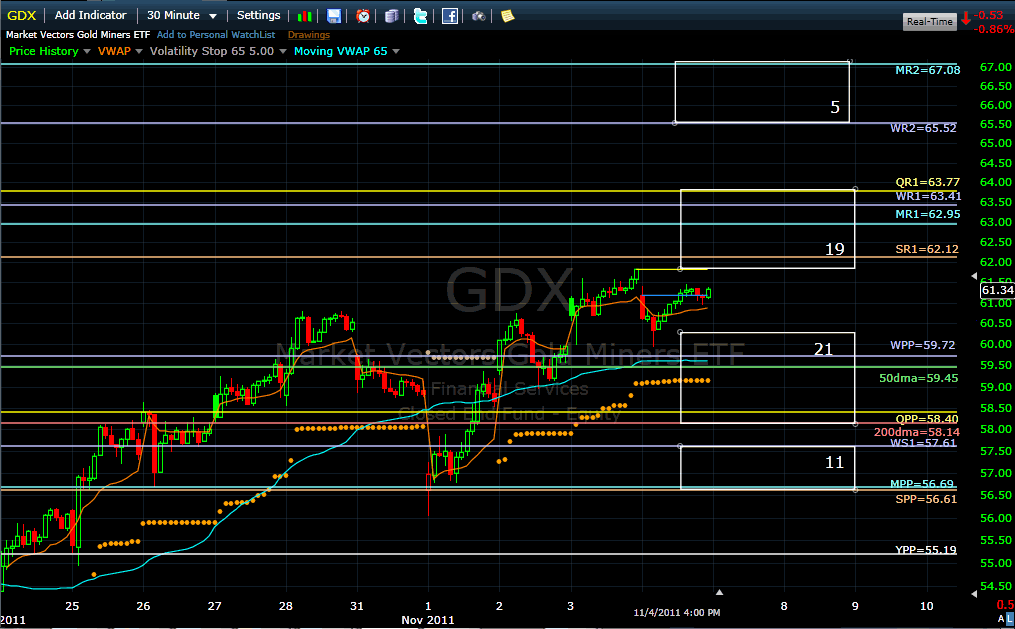
Originally Posted by
buzzman

Good Morning Billy (or afternoon there),
Have you written anything in the past regarding the calculations of the risk/reward ratio. I know there were some issues in the past with revealing your specific methodology but I'm not seeking your specific formula. Being a newbie, I just need some general guidance. The 3:1 ratio is referred to a lot. In my simple mind I think that means 3:1 potential profit to potential loss, or the ratio between profit target and entry and stop and entry. But, when I use the support and resistance lines, the entry points, the stops, etc., I never get even close to the numbers. For example on today's long entry (73.67), the stop is 4.58 below the entry number. The profit target appears to be at resistance (76.37). Therefore the potential profit is 2.70 (76.37-73.67). The result is a potential profit of 2.70 and a potential loss of 4.58. I know that is not correct. I've tried using the robot numbers for potential gain and risk but I still can't get anywhere close to a 3:1.
I realize that this is an elementary trading question for you, but I have found nothing anywhere, internet, books or otherwise that really addresses this issue. All I see are statements like put your stop below yesterday's low, or below some multiple of the ATR, or at some risk level related to your total capital, etc. yada, yada, yada.
At your convenience, I would sincerely appreciate at least some general enlightenment.
Thank you,
Buzz





 Reply With Quote
Reply With Quote

